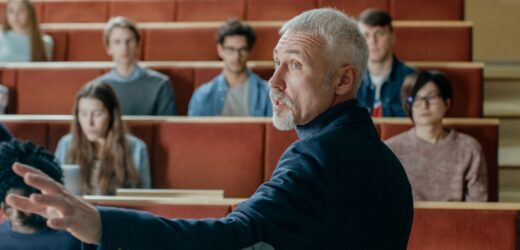The shift toward student-centered learning has transformed our classrooms, and it’s no longer enough to be a subject-matter expert. Instructors have to not only know the material their students need to learn, but they also have to have a reasonably good grasp of how students learn it.
The task is to master both, because that’s when the real learning magic happens. That’s the idea behind cognitive theory and its application in higher education. And while it took you years of study to earn credentials in your discipline, you can learn how to apply relevant aspects of cognitive theory to your courses in far less time.
Using Brief Interventions to Maximize Student Learning [Transcript]

Related Articles
I have two loves: teaching and learning. Although I love them for different reasons, I’ve been passionate about...
Imitation may be the sincerest form of flattery, but what if it’s also the best first step to...
Higher education has long recognized the value of Socratic dialogue in learning. Law schools traditionally adopt it in...
After 35 years in higher education, I continue to embrace the summer as a prime opportunity to strengthen...
Last month I wrote about how students fool themselves into thinking they have learned concepts when they really...
If you’ve ever hesitated to offer feedback to a colleague for fear of creating tension or hurting a...
When I first began teaching online, I thought creating engaging and relevant content was the biggest challenge. And...








